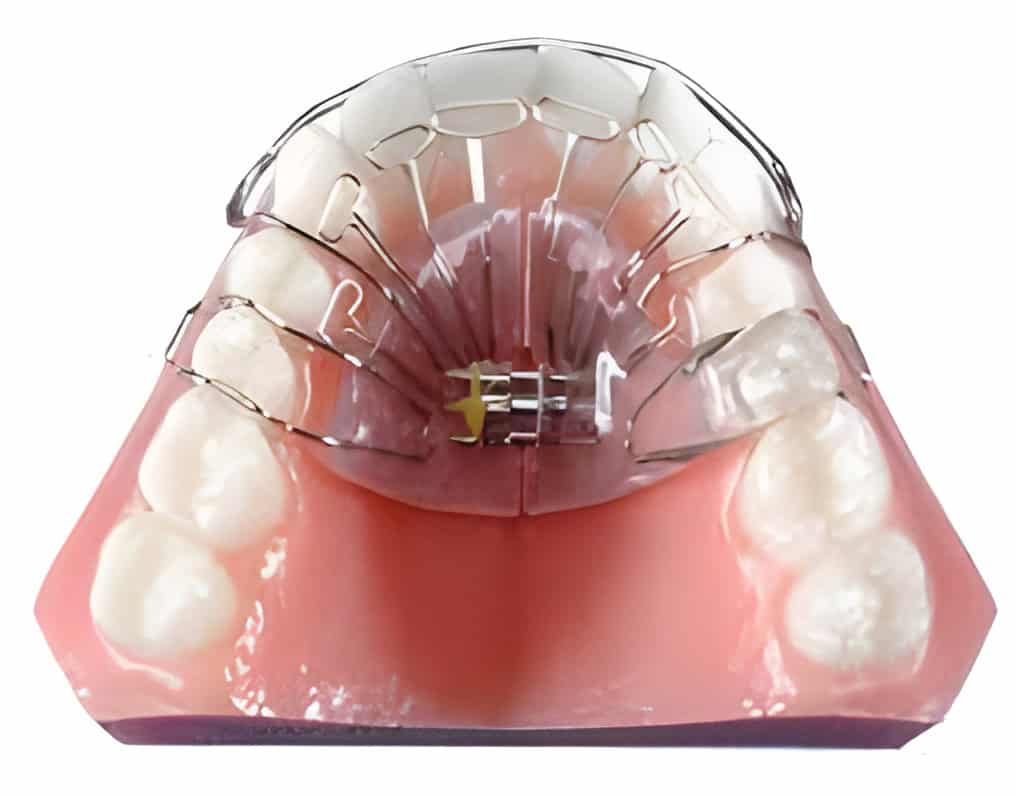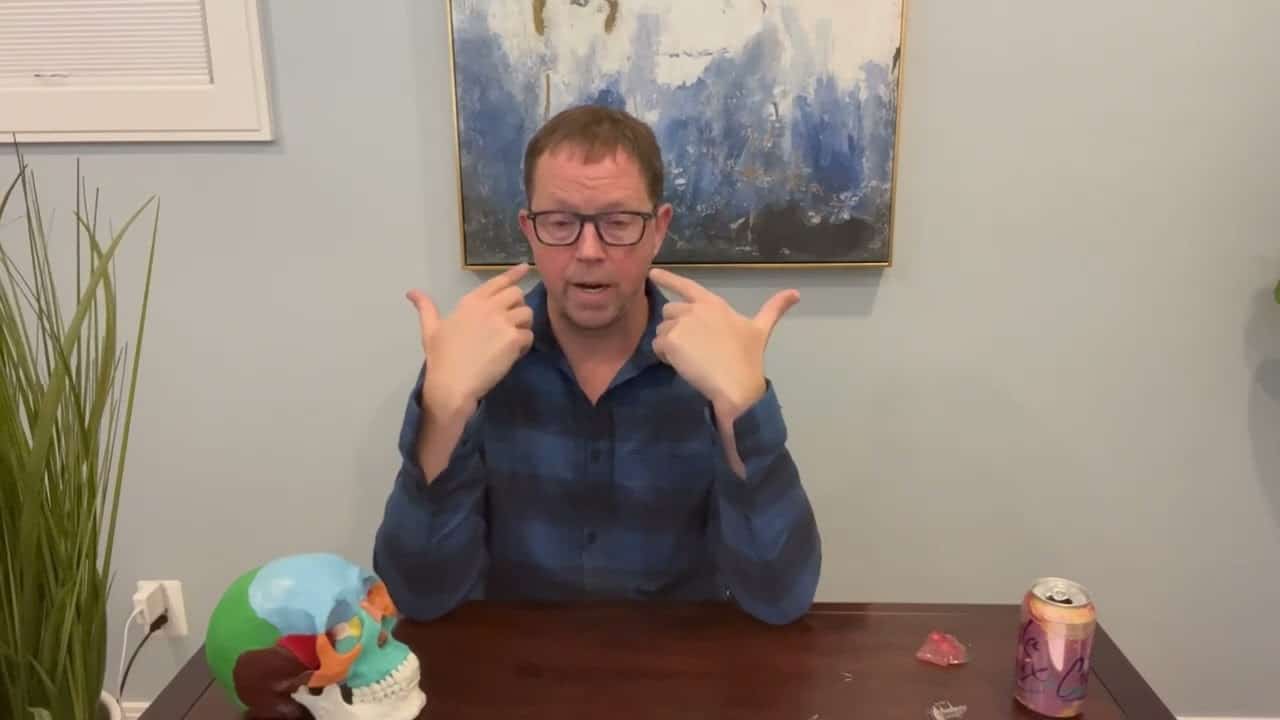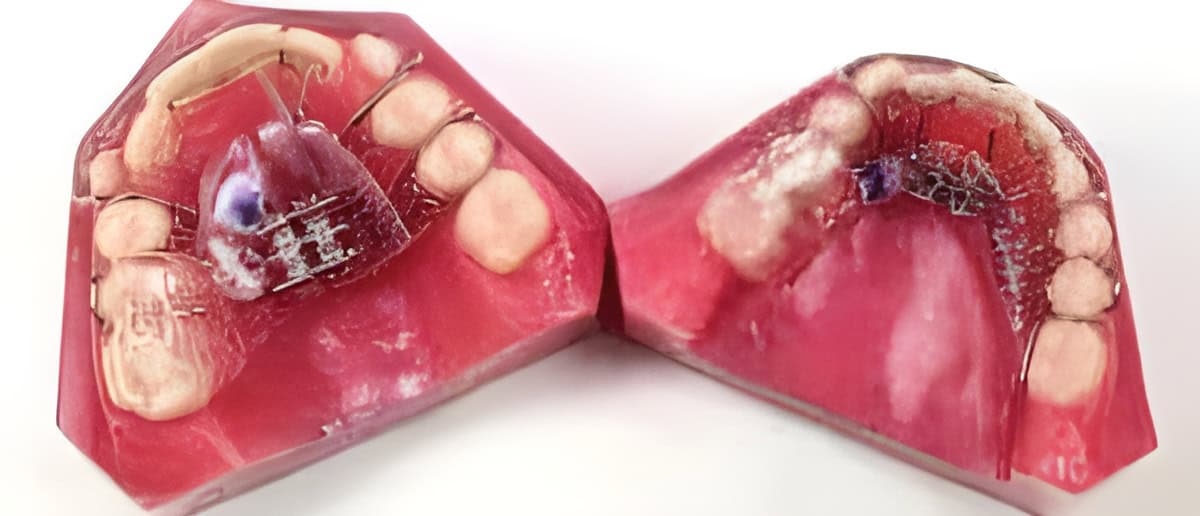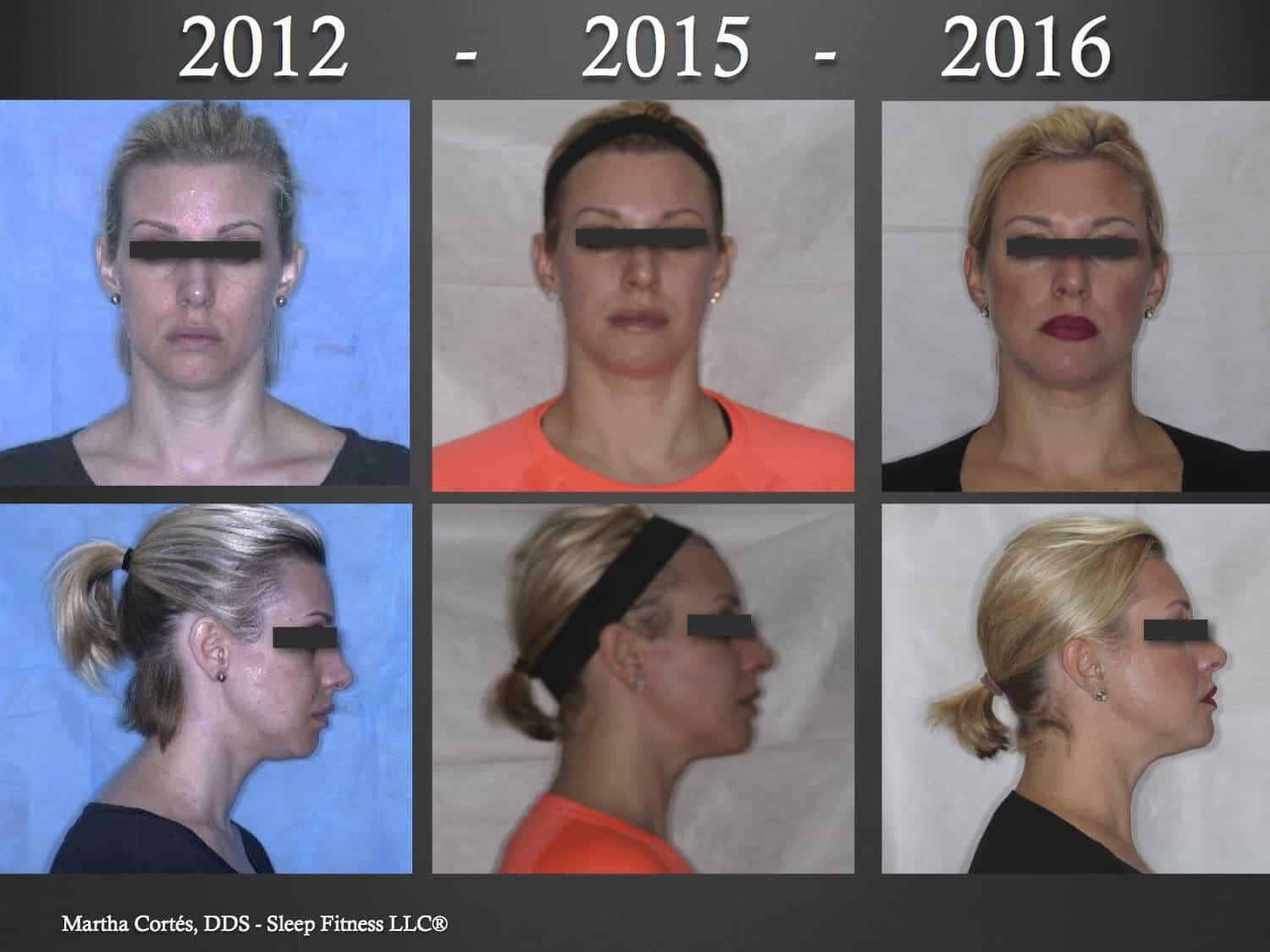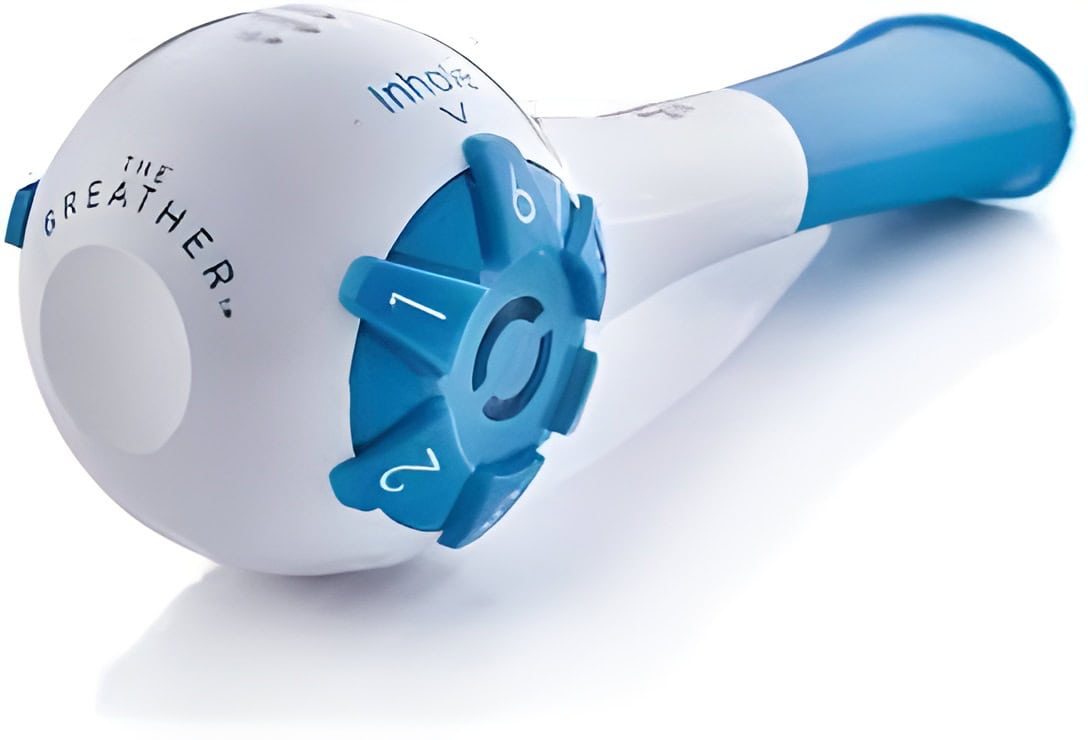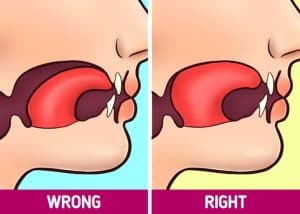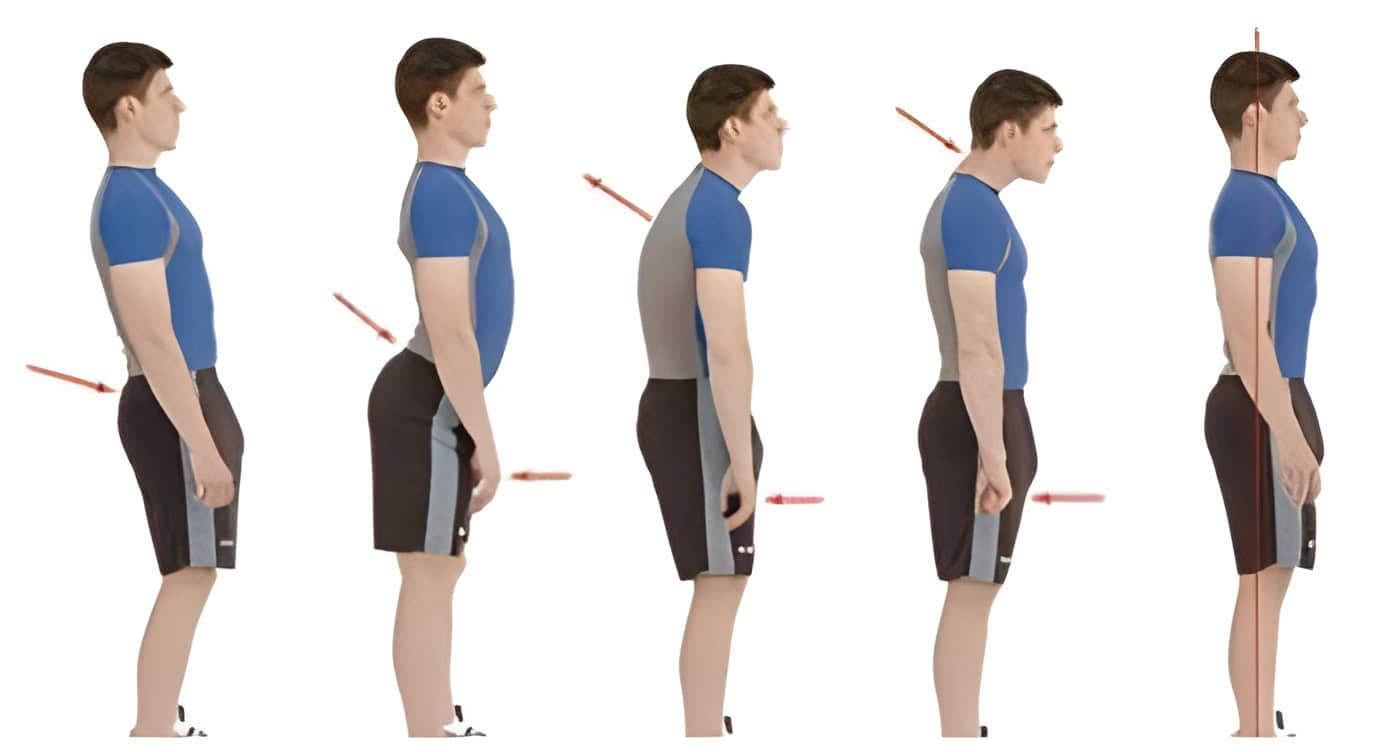What Does The Homeoblock Appliance Cost?
Homeoblock Appliance Cost is between $8990 and $12,500. The exact cost depends on the difficulty of the case and the experience level of the dentist. In some cases the Homeoblock dentist may charge separately for the appliance and all the adjustment visits and X-rays. Getting the Homeoblock expander for a flat cost upfront is better because the total cost of treatment is known. Otherwise separate fees will be charged for all the visits, x-rays, adjustments and anything else that is done during treatment.
Homeoblock Appliance was invented by Dr. Theodore Belfor
The device was invented by Dr Belfor from New York, USA. You can’t help but notice the obvious similarities to the DNA appliance. Dr. Belfor once worked with Dr. Singh. Dr. Singh is given credit for inventing the DNA appliance. Treatment with the Homeoblock usually takes 12 – 24 months. It most often solves TMJ pain and removes the need for night guards, bite splints, and CPAP.
A Holistic approach TMJ pain and Sleep Apnea Therapy
At TMJ Sleep and Breathe Center, our treatment uses a holistic approach to treating the entirety of this problem. Long term stability and success of treatment depends on correcting the root cause of symptoms. As great as the Homeoblock appliance is, it is only one piece to the puzzle-albeit the biggest one. Tongue function, breathing patterns and posture all play huge roles as well.
Homeoblock Compared to Biobloc Orthotropics
The Homeoblock device works on some of the same principles as Dr. Mew’s Orthotropics. Dr. Mike Mew invented the term Mewing which is a form of a Myofunctional Therapy exercise. Mewing is know for developing the jawline. Dr. John Mew is the inventor of the Biobloc orthotropics.
Who is The TMJ Sleep and Breathe Center
Dr Gary Adams and Dr Viet Le welcome you to The TMJ Sleep and Breathe Center. Adult Expanders can permanently correct the root cause of many TMJ problems and sleep disorders. Our unique practice combines the benefits of orthodontic expanders, breathing exercises, posture correction and myofunctional therapy. Our treatments will help people smile, bite, breathe, sleep and posture better. We are located in Vienna Virginia near Tysons Corner.
 703-712-1053
703-712-1053 
